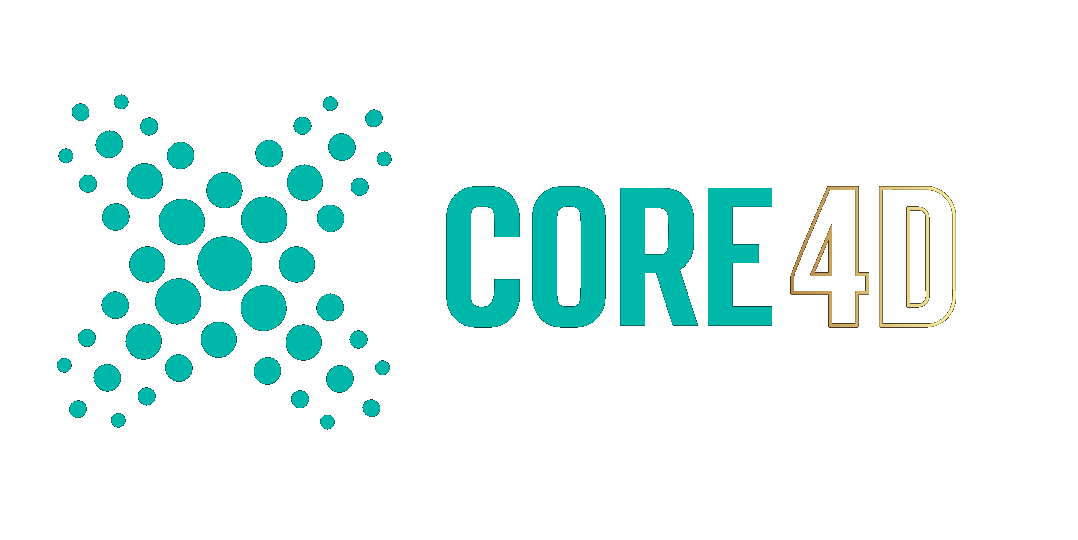-
Posts
701 -
Joined
-
Last visited
-
Days Won
56
Content Type
Profiles
Blogs
Forums
Gallery
Pipeline Tools
3D Wiki
Plugin List
Store
Downloads
Everything posted by Mash
-
To add to the above, don't be afraid to cut, either in the 3d timeline or in post production. One pit that many 3d people fall into is animating one single never ending camera movement. In the real world they would have filmed the left to right pan with a camera on a rail or crane. Then they would switch to another camera shot for the closeup. It will help you to get a more natural animation if you do the same. Either animate the camera suddenly jumping to a new location over the span of a single frame, or render out 2 individual sequences and stick them together afterwards. Considering your shot, go watch some lord of the rings and find a scene where they do some ring closeup shots
-
You have several keyframes all set to disable your arrow extrudes.
-
All Octane dcc plugins are a single dev afaik.
-
Use pcpartpicker.com to check your system for compatibility Between the gpus, theres not a massive difference, theyre just different manufacturers sticking the same parts together into a product. The only differences are the fan cooling system and the warranty. https://www.techpowerup.com/review/gigabyte-geforce-rtx-4090-gaming-oc/38.html
-

Maybe it's time to open the forum again and bring back the ads?
Mash replied to No One's topic in Discussions
I have no idea about the financials behind it, but if I had the choice, I would go back to opening up the forum for all visitors. you can ignore ads, you can ignore hit and run questions, I dont think theyre a significant detriment to the site. -

Redshift - Bug (?) Bump Map Intensity changing with viewing distance
Mash replied to Benno Yeman's topic in Cinema 4D
Not sure. If you can whack that material on a cube and share it then we can take a look though. -

Redshift - Bug (?) Bump Map Intensity changing with viewing distance
Mash replied to Benno Yeman's topic in Cinema 4D
Whats the texture tag settings next to the object? -
Good catch
-
Whats a few decimal places between friends? 😉
-
For a 5 grand machine dedicated to computer graphics, 512gb ssd is a very odd corner to cut. I would personally be looking at 2-8Tb So it can act as os, cache, storage etc. theres no need for a ton of different os, app, data, cache drives if you just get one decent sized one. A nice setup is a 2-4Tb main drive to work from, then a 8-12Tb spinning drive for archives, backups, asset libraries. edit: gb -> Tb For the ram, aim for 3600mhz if you can, this will allow the cpu bus to sync at its maximum speed, will give 4-8% more performance. 64gb is a good amount, but 128gb removes it as a possible bottleneck when working with large after effects comps. cpu cooling, either a 240-280mm aio radiator. Avoid enermax, they skip on the liquid. Or a nice air tower like a noctua d15
-
I would start by just sticking a few boxes of wind along the tube to just try blowing the object through.
-

I need this Blender plugin for C4D [2023] - if still an issue.
Mash replied to Magic Holo's topic in Plugins
If an 8gb scene file goes down to 12mb then not to put too fine a point on it, your projects a bit fecked. If I had an 8gb c4d file, I would expect it to have 100's of millions of polys. If it saves down to 12mb, then it cant have more than 100,000 polys or so. Given you have the project, which of these is most reasonable? My first guess would be that you have a plugin which has generated a ton of junk data. Or, that maybe you have some particle plugin like xparticles which had an internal cache, but the 2023 version of c4d you used didnt have the plugin, so that particle cache data is now gone. -
Maybe contact one of the existing plugin devs and see if theyll extend the functionality for you? https://www.3dtoall.com/asset-juggler https://nft-randomizer.com/index.php/product/nft-randomizer-plugin/
-
Im still not sure thats right. The anamorphic setting by itself doesnt change the render time. If anything it halves your render time because you only need half the horizontal resolution. The important question here, is whats your final output? Are you delivering square pixels 9216x3164 to the client or do they want 4608x3164 anamorphic delivery? If its square, then, yes, maybe best to render to the full square pixels. Its the longest render time but will be the highest quality. If they want anamorphic then you may as well do the same in c4d and save half the render time. At no point does a 2304x3164 render make any sense if the final square pixels output is 9216x3164. I hope you didnt switch c4d to anamorphic mode just for the sake of loading in background footage? Just pre-unsquashing it to square pixels would have been a much simpler solution.
-
It depends what you want to happen. When you set an anamorphic pixel aspect, it changes the composition. Did you set the anamorphic ratio at the start of your project and have framed up everything you want with it enabled, or did you do the entire project and then flick it to 2:1 at the last moment before rendering? The number you see in brackets is the equivalent size that it would be if you werent rendering anamorphically. ie. your 4608x3164 anamorphic project would take up a canvas in most editing apps of 9216x3164. It wont double your render time, if you look carefully in the c4d picture viewer as it renders, youll see that the horizontal resolution is only half of the vertical resolution. So, my question is, are you really intending to output a mega wide 3:1 image from c4d? This would only really be used for some sort of imax/planetarium or other unusual project, no movie is going to be produced with such a wide aspect typically. I suspect what you might actually be looking for is a 2304x3164 render which then stretches out to a 4608x3164 square pixel canvas whilst editing. In short, rendering anamorphic should halve your render time, not double it. eg if I take a sphere and crank up my render settings to slow it down. If I render 1:1 pixel ratio at 1920x1080, it renders in 18 seconds. If I switch to 2:1 pixel ratio and then halve my horizontal resolution to squash the oval back into a sphere (960x1080) then it renders in 9 seconds as expected. tldr; halve your horizontal resolution
-

I need this Blender plugin for C4D [2023] - if still an issue.
Mash replied to Magic Holo's topic in Plugins
"problem: [R21] slow saving of .c4d file to network share" This was improved in R26, network saving can be >10x faster due to the new file handling code. Users report that on for example a 10gb network, saving speeds are around 500 mbyte/sec -
But he states that he didnt save it, so reloading the scene should be reverting everything back to the working state, instead it is still broken after reloading a file that was working fine. This is really odd, have you found any way to get the scene working again? eg close and reload cinema then open the object again. Or reboot, then load the scene again. It sounds to me like something in the project is trying to make the objects permanently thew wrong size, but it simply hadnt refreshed the offending object until you toggle the scale setting. So its already pre-broken, it just hadnt refresh to show that it was broken.
-
Keep in mind youre not keeping all that data in memory. A 24gb sim is really 24gb divided by however many frames it covers. A 500 frame animation and youre actually just using ~50 megs at any given time.
-
I see where you're coming from but this could just as well go the other way. I have my master render settings set up, I have 3 child render settings with different sample settings, render passes etc. Once they're set up, I only need to adjust the master. If we implement takes switching selections of render settings, then you'll be forever editing a child render setting by mistake when you only ever needed the master. And should we do the same with cameras? do you want your object manager selection changing when you switch takes?
-
This one actually left me a little confused. The general takeaway seemed that hes suggesting premultiplied is better because its somehow done more of the work already, and that straight alphas need more internal calculations. But that seems to be missing the biggest downfall of premultiplied, in that the alpha channel is pre-baked against a specific colour. This is ok if its all alpha'd against black or white, but if theres more than one colour in the background then youre screwed. Straight alphas on the other hand are only ever merged with their own colours and will work against any background with no fringing. Premultiplied alphas also fare badly with soft transparent parts such as fire, smoke etc.

